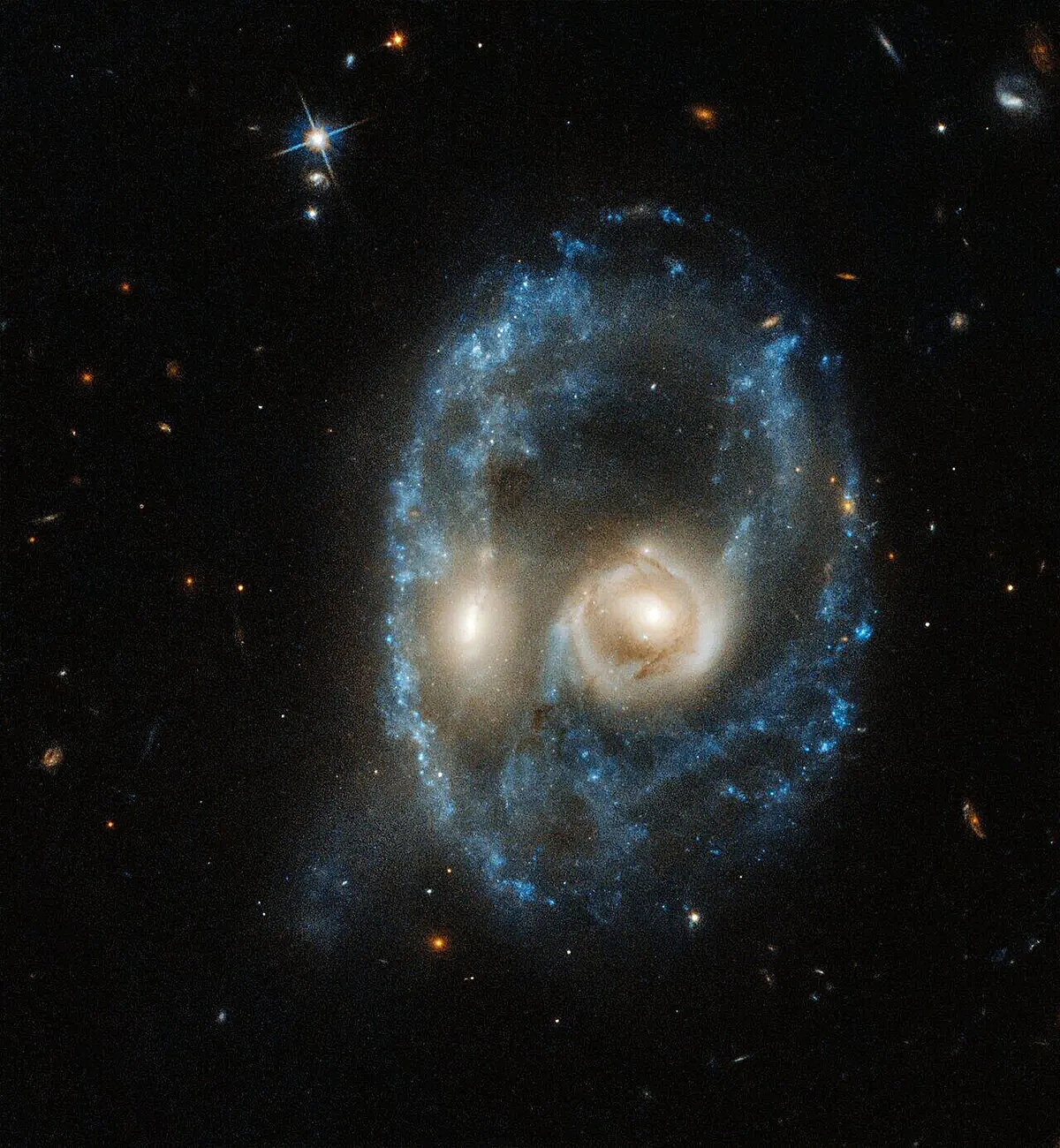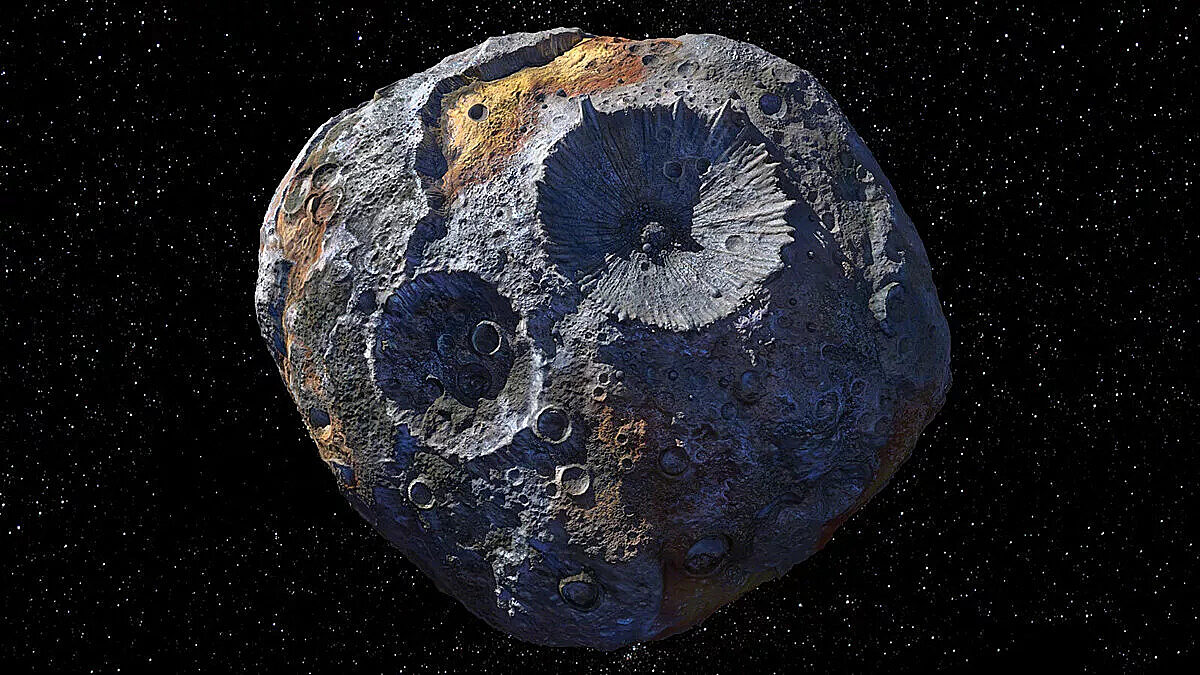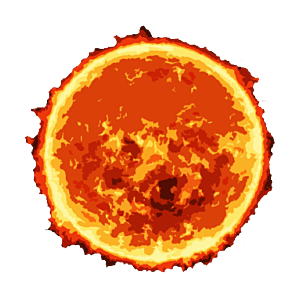The Downlink • Oct 27, 2023
Galactic ghouls and vampire stars
Space Snapshot

Space is so vast, it’s bound to contain a ghoul or two. This particular ghostly visage, captured by the Hubble Space Telescope in 2019, is actually two galaxies in the process of colliding with one another. What looks like eyes are the bright cores of each galaxy, and the outline of the face is a ring of young blue stars that formed as a result of the ongoing collision. The two galaxies will merge completely in about 1 to 2 billion years. Image credit: NASA/ESA/J. Dalcanton/B.F. Williams/M. Durbin.
You love space, now take action
This weekly newsletter is your toolkit to learn more about space, share information with your friends and family, and take direct action to support exploration. Anyone can subscribe at planetary.org/connect to receive it as a weekly email.
Mission Briefings


Apollo 17 lunar samples are yielding new discoveries. New analysis of lunar material brought back by the Apollo 17 mission in 1972 suggests that the Moon may be 40 million years older than we thought. Researchers studied a sample of zircon in the Moon rocks, a mineral that would have been the first solid to form when the Moon’s surface solidified. The team established the age of the zircon as 4.46 billion years, older than the previous estimate of the Moon’s age, which was 4.42 billion years. Pictured: Apollo 17 astronaut Harrison Schmitt collecting Moon rocks. Image credit: NASA.

The University of California and NASA Ames are planning to build a new space center. The Berkeley Space Center campus will be built at the University of California, Berkeley, in Mountain View, California. Its purpose will be to house research and development facilities for the university and private partners, focusing on space robotics, remote sensing, planetary sciences, climate change, electric aviation, mixed autonomy traffic operations, and firefighting.
From The Planetary Society


What do craters look like on a metallic world? Simone Marchi, co-investigator for NASA’s Psyche mission, joins Planetary Radio this week to share the creative ways their mission team is working to understand cratering on the metallic asteroid Psyche, including everything from computer modeling to blasting meteorites with projectiles. Pictured: An artist's impression of the asteroid Psyche. Image credit: NASA/JPL-Caltech/ASU.

The next Planetary Society book club meeting is coming up! Members can join a live virtual event on Oct. 31 to chat with author Aomawa Shields about her book “Life on Other Planets." The book weaves together fascinating space science with the author’s experiences as an astronomer, classically trained actor, mother, and Black woman in STEM. This is a member-exclusive event, so if you haven’t already joined us, be sure to sign up!
What's Up

Jupiter is shining super bright in the eastern evening skies, approaching opposition (its closest point to Earth) late in the week. Saturn shines bright as well, looking yellowish a little higher in the sky. In the predawn, look for bright Venus in the east. Learn more at planetary.org/night-sky.
Watch the 2024 solar eclipse with Bill Nye!

One lucky space enthusiast and their friend will join Planetary Society CEO Bill Nye as his VIP guests to witness the total solar eclipse at The Planetary Society's viewing party, Eclipse-O-Rama 2024! Could it be you?
For a limited time only, donating gets you two chances to win. Donations support our mission to increase discoveries in our Solar System and beyond.
This super stellar experience will include VIP access to all things Eclipse-O-Rama: exclusive talks on astronomy, planetary science, captivating exhibits, star parties, and more. Plus, you'll get to watch the eclipse by Bill's side.
Don't miss your chance to be part of history. Enter now and let's change the world together!
Wow of the Week

Want to make sure your neighbors know you’re a space nerd? Check out NASA’s series of JWST-themed pumpkin carving stencils, like this one of a spider crawling over the telescope’s hexagonal mirrors. You can also see photos of the spacey pumpkins people have already carved. Image credit: NASA.
Send us your artwork!
We love to feature space artwork in the Downlink. If you create any kind of space-related art, we invite you to send it to us by replying to any Downlink email or writing to [email protected]. Please let us know in your email if you’re a Planetary Society member!


 Explore Worlds
Explore Worlds Find Life
Find Life Defend Earth
Defend Earth


